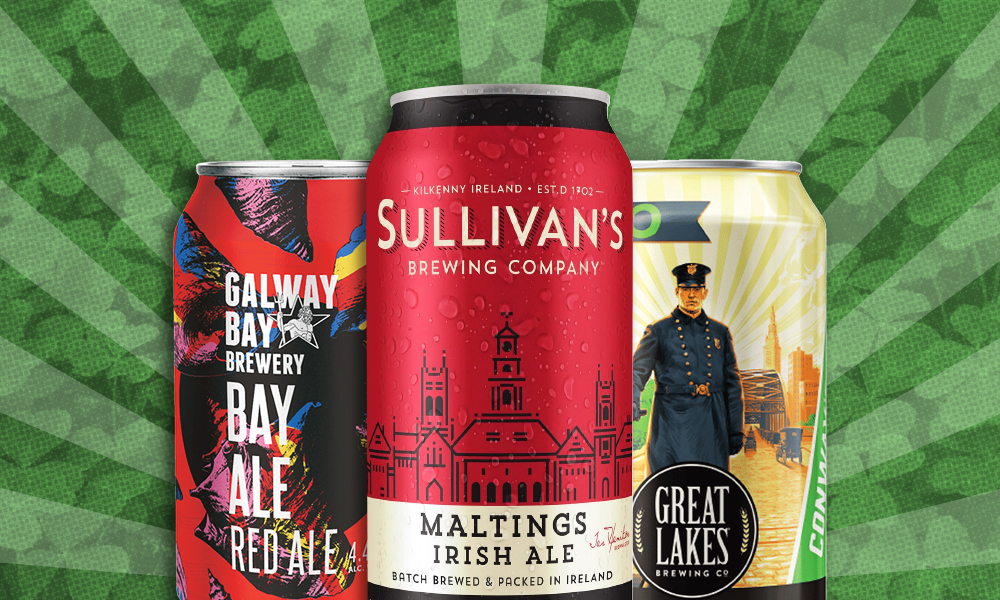There are claims that traditional Irish ale has always had a red hue to it. Obviously including such a definitive word, “always”, takes an anecdotal observation and turns it into an objective absolutist statement, which is never a good idea with history. It’s probably more accurate to say that red ale owes its existence and status as a traditional mainstay to innovation-inspiring limitations experienced by early Irish brewers.
Then we can get anecdotal with the subjective claim that it’s a thoroughly delicious style that should be included in your St. Patrick’s Day offerings.
Despite its long history and continued quality, the traditional Irish red ale has waned in popularity. While the Irish dry stout has seen a boost in popularity over recent years in the American craft beer scene, the Irish red ale maintains a touch of obscurity.
We set to determine why that might be, how the style even came into existence, and where you might find a decent pint of Irish red ale.
The History of the Irish Red Ale
As with most beer, the origins of the Irish red ale are difficult to trace. It’s likely a case of simultaneous invention at a time when people weren’t really writing anything down. People have been brewing beer in Ireland since the Bronze Age, which isn’t an era synonymous with meticulous record keeping. That’s a lot of time for a bunch of different people to invent a red beer. In fact, it should be noted that a 2007 attempt to recreate Bronze Age brewing techniques resulted in a copper-colored, smokey intoxicant that could loosely be called ale.
Skip over a few thousand years of unrecorded brewing and you reach the monks and monasteries of the Middle Ages. The ruins of abbeys and monasteries dot the Irish landscape and the connection between religious orders and brewing is well documented. Take all those monastic ruins and stick a brewery in them and we’ll start to understand the prevalence of brewing in Ireland. The old Smithwick’s brewery in Kilkenny, one of the biggest names in red ales, was built on top of a monastery and incorporates the ruins into its modern tour, though it’s no longer an active production facility.
After the monks were the alewives. Women had always been the main brewers of the house, but they rose to real prominence as the importance and influence of monastic brewing faded. In fact, women saw the earning potential of brewing well before men and set up small trading rings for themselves. One woman brewed for a network of families while the rest traded for beer. From there, women expanded into alehouses, which were essentially pubs in private homes.
Anecdotally, both the monks and alewives were brewing red-tinged beer, though the beer of that time would have been a far cry from our modern red ales. It still would have been made from barley, mainly because Ireland’s climate makes it so easy to grow the grain. But neither monks nor alewives had the money to import the quantities of Flemish and English hops they would have needed to make anything that resembled modern beer. Instead, since both knew their way around an herb garden, they relied on bittering herbs, similar to what we know as gruit today.
Alewives would have reached the peak of their influence and control sometime in the 17th century before larger commercial enterprises quickly overtook brewing in the 18th century. In Ireland, this took the form of the Smithwick’s brewery in 1710 and Guinness in 1759. Both started swallowing up smaller brewing operations across the country and had the industrial and financial capital to ensure they were better and more reliably supplied than their smaller predecessors. That meant reliable hop shipments and large quantities of high-quality malt. The tradition of red ales continued, but those red ales were now something a modern drinker would recognize. Obviously, Guinness would eventually pivot to stout, but Smithwick’s continues to the modern-day.

What Makes it an Irish Red Ale?
The popular American introduction to the Irish red ale style likely came in the form of George Killian’s Irish Red. It’s good that people at least have some kind of reference for the style, but thanks to macrobreweries’ tendency to drift toward aggressive non-flavor and the fact that it hasn’t been made in Ireland since the 1950s, Killian’s isn’t really a good starting point. But if Killian’s isn’t a reliable measure for what makes an Irish red an Irish red, what the hell even is this style?
To answer our own question, there are a few things an Irish red should be.
Red, first and foremost.
Second, it should be a malt-forward beer with nutty caramel flavors and a light to medium body.
If your tasting has you finding similarities to stouts or porters, you wouldn’t be off the mark. Reds get their color and maltiness from roasted barley, albeit in smaller proportions. Earthy, herbal hops balance out the malty sweetness and linger on your palate. It should also be a sessionable ale, with an ABV hovering around 4%. All of it comes together to create a beer that’s meant to be drunk in long bouts at the pub, satisfy without bloating, and give a nice healthy buzz without ever really being in danger of getting absolutely obliterated.
American versions of Irish reds tend to drive up the bitterness or ABV. There’s theoretically nothing wrong with doing this and still calling it an Irish-style red ale. But, once you start to dial those up, you’re getting closer and closer to American ambers and imperial ales, which are good in their own right, but come with a different set of expectations. If it’s an Irish red ale, it should stick to the centuries-old ideals and keep it malty, on the subtler side of hops, and approachably light.
The Best Irish Red Ales to Buy Right Now
If you’re looking to try out a few Irish red ales, you have some options from both sides of the Atlantic. Some have been made for centuries, or at least according to a centuries-old recipe, while others are products of the ongoing craft beer renaissance. Either way, we think these would be the best additions to your St. Patrick’s Day party.

Smithwick’s Red Ale
Smithwick’s (pronounced Smit-ick’s) is as close to the original red as you’re probably going to get. There’s been a red ale with the Smithwick’s name on it since 1710 and presumably it’s been made the same way since. It’s simple, straightforward, and refreshing with a nice malty backbone and extremely attractive color.
Learn More
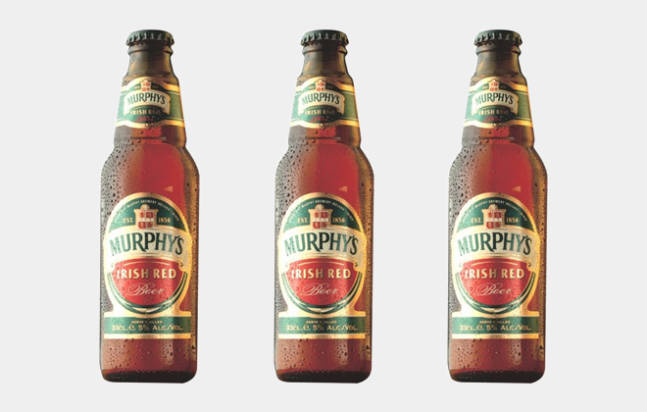
Murphy’s Irish Red
This red is from the same people who make Murphy’s Irish Stout. Just like its sibling, it doesn’t do anything fancy, wild, weird, or dumb. It’s a solid, malty beer for long sessions that start in the early afternoon and run through the night. We’ve mostly seen it on tap in Ireland, but there are cans floating around stateside too.
Learn More
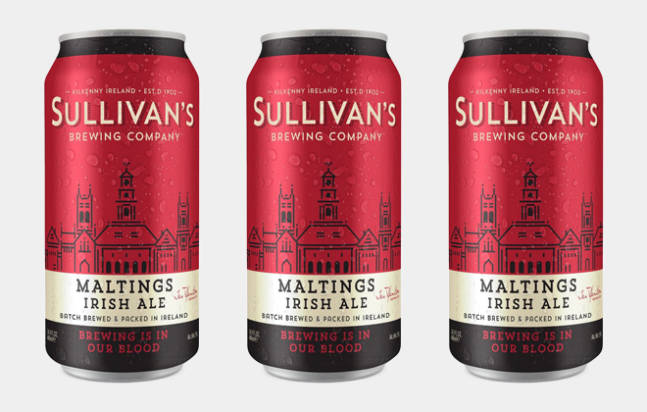
Sullivan’s Maltings Irish Red Ale
Sullivan’s is a revival of a much older brewing operation from the early 1700s. It’s a welcome resurrection, with a deep ruby coloring and a staunch maltiness. There must be hops in it somewhere, but honestly, we can’t find them. We’ll happily keep looking.
Learn More

O’Hara’s Irish Red
O’Hara’s departs slightly from tradition by their own admission. They have a slightly higher emphasis on hops than is found in other reds. But we hasten to say that doesn’t mean it’s more bitter. It’s a late boil addition that adds a beautiful spicy kick at the end of the sip. It’s increasingly rare over here, so if you see a six-pack, snap it up. In Ireland, look for it on nitro for a beer that’s arguably more drinkable than Guinness.
Learn More
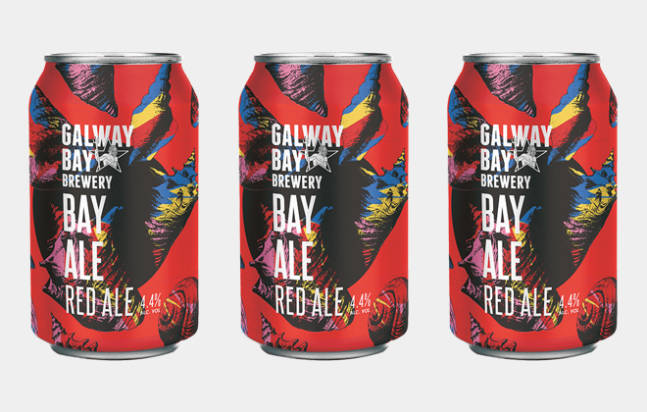
Galway Bay Brewery | Bay Ale
Galway Bay Brewery is much harder to find here in the US, to the point that we’re not even sure we’ve seen it here. We may just be thinking of the pint glass we smuggled out of Galway. In any case, the Bay Ale isn’t advertised strictly as a red ale, but it ticks enough of the boxes to qualify. It’s copper-colored with an emphasis on malt over hop and is suited to all kinds of drinking weather.
Learn More
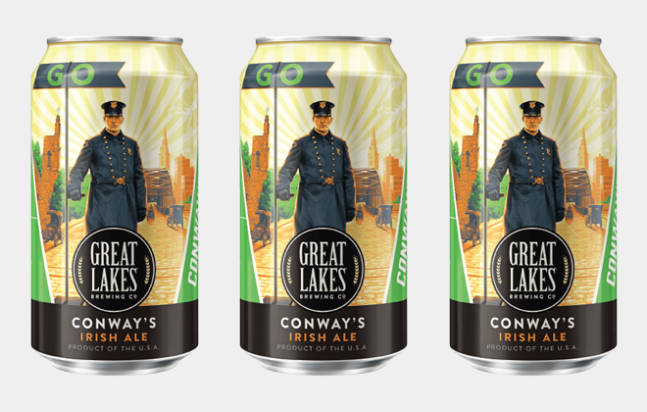
Great Lakes Brewing Co. | Conway’s Irish Ale
We’ll admit we first picked up Conway’s Irish Ale because the label looks like everyone’s cop uncle, but we were pleasantly surprised when the beer inside the bottle was actually good. It’s a little more bitter than the other reds we’ve had, but not so much so that it bucks the traditional style. As far as we’re concerned, it can keep its classification.
Learn More
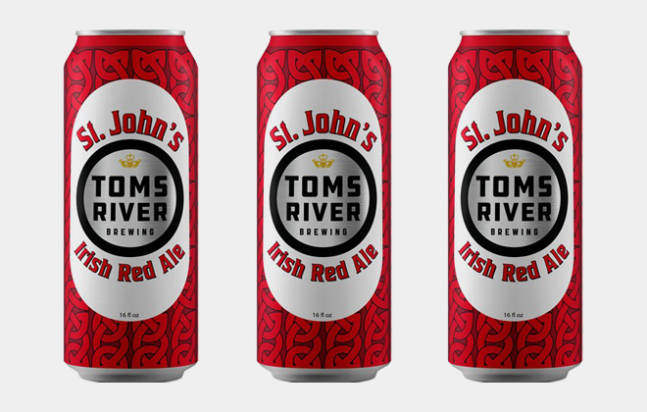
Tom’s River Brewing | St. John’s Irish Red Ale
If you put St. John’s Irish Red Ale up next to the Irish offerings in a blind taste test, we’re not sure we’d be able to tell you which one was the American impostor. We mean that as a compliment. It’ll be a bit of a trek to find it, but New Jersey is closer than Ireland, so it’s at least saving you from crossing the ocean.
Learn More

